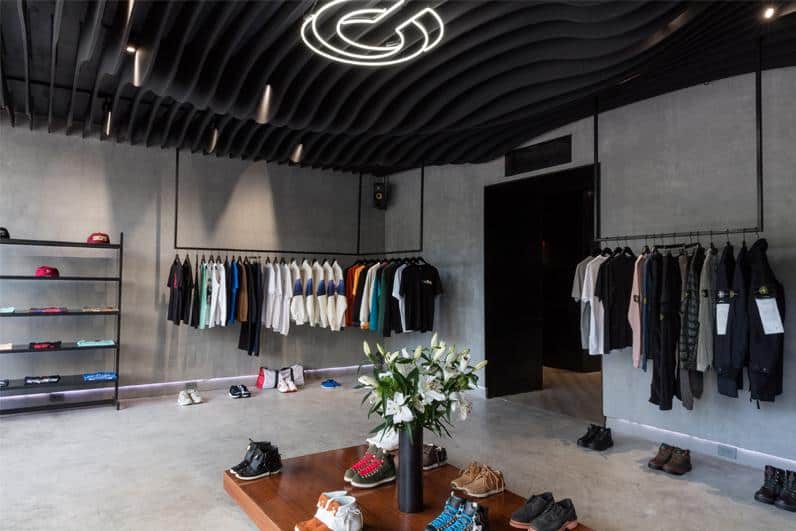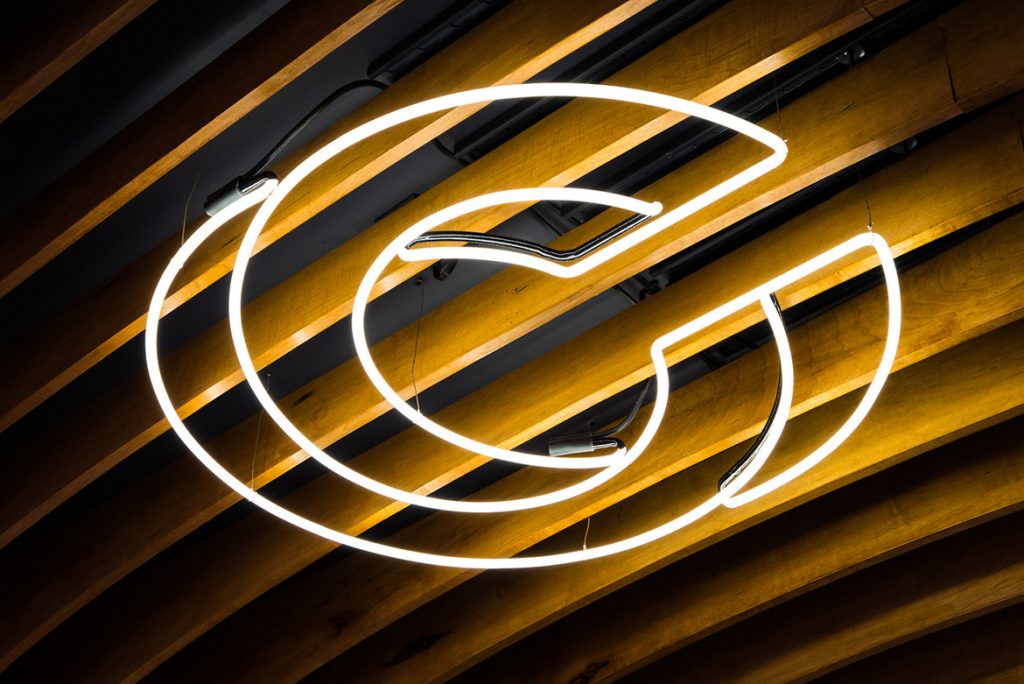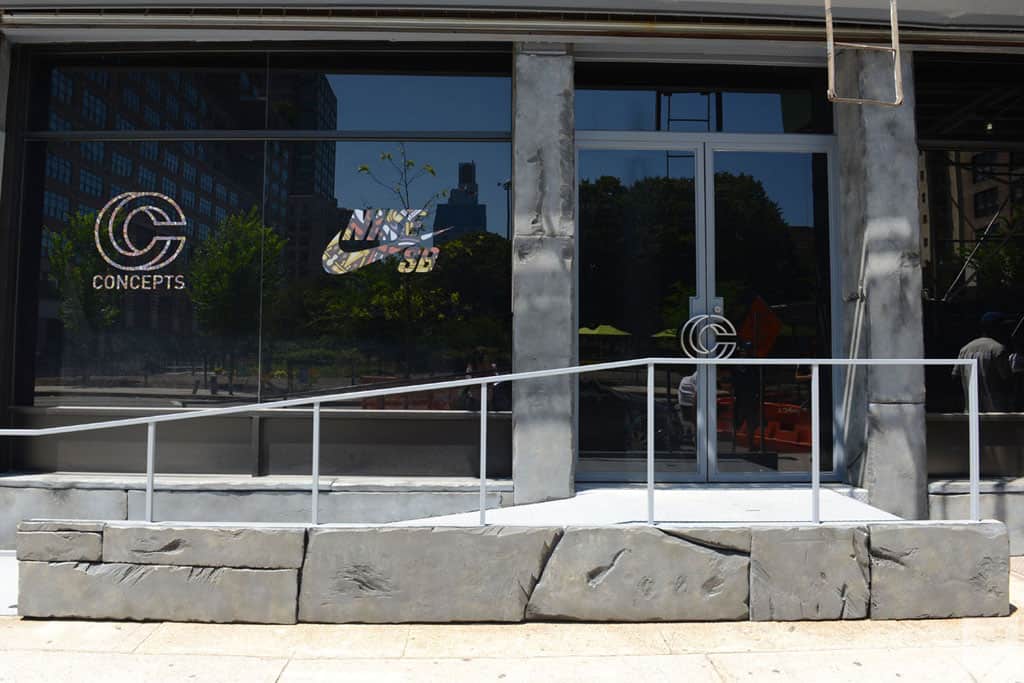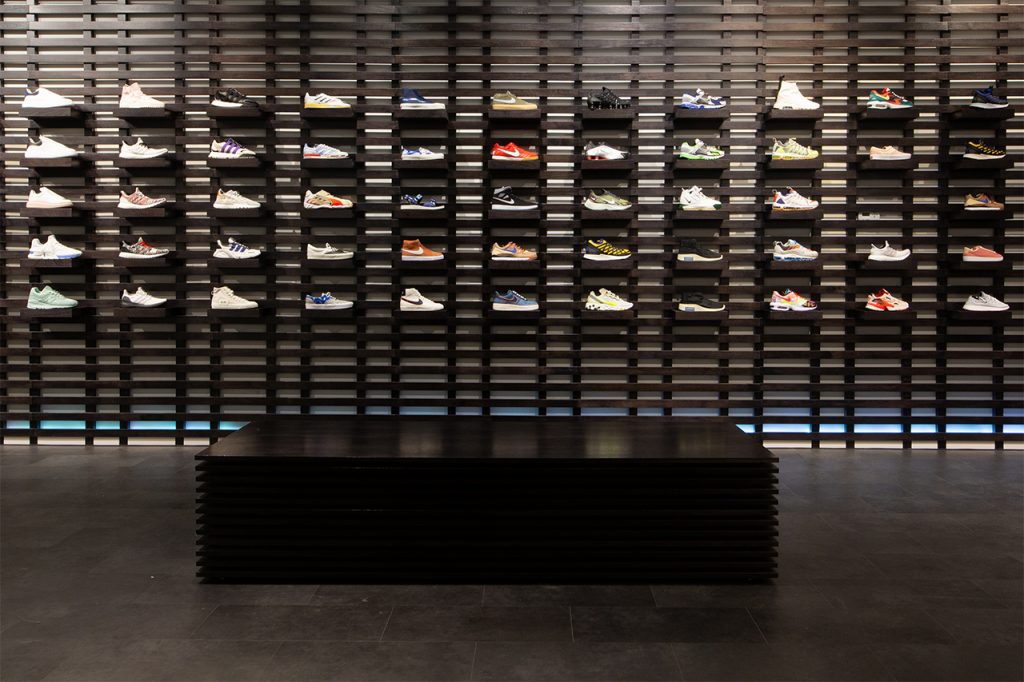CONCEPTS’ FOUNDER TAREK HASSAN TALKS COVID IMPACTS AND MOVING FORWARD


Like most retailers this year, Concepts, the Boston-based sneaker and streetwear multi-brand retailer, had to make some adjustments to its business in order to stay afloat.
During the onset of COVID-19 with indefinite store closures looming, Concepts’ CEO and founder Tarek Hassan felt it was necessary to keep the 20-person staff across its New York and Boston stores engaged and employed by leveraging their talent and connection to the store’s youth-oriented consumers.
The retailer repositioned its store employees in five groups (retail, social, e-comm, brands, and product development) to work remotely side-by-side with the corporate team on initiatives ranging from store re-opening plans to mainline apparel and accessories design. From a social marketing perspective, store employees have driven original social content on Concepts’ Instagram such as an employee sneaker tours, a how-to-style hashtag series, and “The Manli Show,” an episodic content series hosted by two store employees Stan and Manny that takes a satirical approach to product storytelling.

The effect is two-fold: first, the company has been able to integrate its retail staff across New York and Boston retail stores with the corporate team, exposing them to a part of the brand and business they typically wouldn’t engage with. Second, Concepts is able to engage with its audiences in new ways by empowering store employees who are at the forefront of the streetwear and sneaker community.
Now that Concepts locations in Boston and New York are now reopened, we catch up with Hassan on how his business was impacted by COVID-19, his plans on buying spring ’21 merchandise digitally, and why the industry needs to progress beyond the current fashion calendar.
Q: How was your business impacted by COVID-19?
A: We’re known for our storytelling and retail experience, so our stores have always been a critical part of our company DNA. They’ve been closed since mid-March, so absolutely our business has been impacted. We’ve been solely reliant on e-comm sales, which have thankfully been quite strong and our digital channel continues to grow. We’ve been heavily invested in elevating our e-comm experience; which we’ll continue to augment. We’ve also spent the majority of our time while in quarantine planning for re-opening, in terms of prioritizing our retail experience and product selection, but more importantly employee and customer safety and experience.

Q: Why did you make the decision to reassign your store employees to other areas during the store closures?
A: We have such a dynamic and creative store team and it was important to us, to continue to engage with them during such an unprecedented time. We of course weren’t sure how long quarantine would last, but the past 10 weeks or so have been fantastic in terms of engaging with them in ways we hadn’t before. We looked at the needs of the business, areas of growth, and functional expertise and broke the store employees up into five different groups – Social, New Store Openings, E-commerce, Brands + Selling, and Apparel Design. Each group is led by a member of our corporate team and contained about five store employees. Each team meets weekly with a full team pitch-back session on Friday afternoons. It’s been an incredible growth opportunity to tap into their passions and actively execute against their ideas.
Q: What have been some of the most surprising things you’ve seen since you’ve made this move?
A: We’ve learned a significant amount about our team members since mid-March when we went into quarantine. The first being, how much this has brought us closer together – the New York and Boston store teams have rarely worked this closely together and now they’re constantly elevating each other, collaborating on ideas, working cross-functionally. Naturally, it’s also brought the corporate team and store team together in a way that likely wouldn’t have happened if we weren’t in quarantine. As a full Concepts team, we’re absolutely coming out of this stronger.
The second is, how thoughtful and creative our store team members are. Whether its video production, apparel design, their passion for music and art, or their ability to obsess the consumer – we’re seeing it in a more tangible and actionable way which has been incredibly exciting.
Lastly, it’s really been fantastic to see people flex outside their current role. We’ve actually discovered new talents and people have stepped up to provide support across all areas of the business. We’re a fairly small team and we’ve been leaning on each, on a daily basis, in ways we hadn’t before. Everyone has really risen to the challenge and we actually talk more now, than we did when we had an office to go to. Never underestimate people!

Q: Did webstore orders grow during lockdown? How did you keep your loyal customers engaged?
A: Thankfully, it did. We have some wonderful brand partners, like Nike, A Bathing Ape, New Balance, Adidas, that have reacted as fast they could in terms of working through new operational approaches and product deliveries. We’ve actually worked closer with them during quarantine, than ever before – I’m on the phone with our brand partners every day, all day.
From a loyalty perspective, it’s been about elevating our digital presence – online and via social. We’ve maintained our powerful product storytelling while expanding to product agnostic moments like our employee video, which was viewed over 106K times, and our #StayHomeThrowDown social activation, which launched in late March as a way to engage with our fans and consumers while we’re all at home in quarantine.
Q: Since you’ve reopened your stores, what’s changed?
A: We’ve taken all of the necessary precautions – our store plans will adjust to new ways consumers will shop. We’re working through everything from hand sanitizer stations, to wider aisles, physical dividers at the cash wrap, and evolved design layouts. We can’t and simply won’t be re-opening our doors as they were before – we need to address the shift in consumer behavior. We need to be one step ahead of the customer and address their safety and the safety of our store staff before anything else. It’s less about what’s happened; we’re focused on what’s going to happen and how we can get ahead of it. We’re also ideating around how to connect the digital and physical retail spaces with more people browsing and shopping online than ever before – things like online ordering with contact-less in-store pick up to interactive live-streaming sales experiences. We need to continue to listen, adapt, and make things as seamless as possible. There isn’t a one-size-fits-all solution; its ever-evolving.

Q: As of now, with tradeshows/fashion shows being pushed later or canceled, how do you plan on buying spring ‘21 goods?
A: Brands are quickly evolving – key brands are hosting their collection reviews virtually, giving us as much visibility as they can to the product details, materials, etc. Things like virtual showroom walkthroughs and brand experiences, as well as toolkits that highlight the essence of the collection all help prime us for what we can expect. We’ve also been engaging in more thoughtful one-on-ones with the design teams – giving us more access to them and their vision than we’ve previously had. Overall, the buying process has progressed in a way that brings the people and the product closer together, despite being physically distant.
Q: What is your opinion on realigning the fashion calendar? What do you think needs to be done as we reemerge into a new state of business?
A: I can’t stress enough how the industry needs to progress in a way that better considers consumer shopping behavior. It makes more sense for the buyers and brands, to work closer within the season. Consumers, now more than ever, shop for items when they most immediately need them, not when the industry says they should need them. We’d much prefer, for example, for spring collections to launch in mid-March or early April, instead of January or February. COVID-19 has emphasized this behavior with people spending more cautiously based on their needs vs. wants. Realigning the fashion calendar to address when and how consumers shop would elevate all parties.



